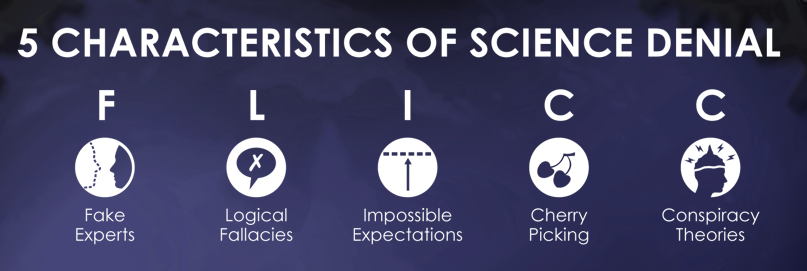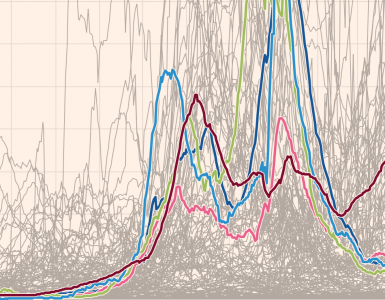You’ve probably noticed when you’re trying to get someone to modify their opinion on some topic, that your best attempts frequently result in them having an even more entrenched opinion – despite your friendliest attempts to dissuade them and despite having given them well-authenticated reasons to change their mind. It all backfires and from your point of view anyway, the situation is now worse than before you began. Take heart. It’s not just you who ends up in this quagmire.
This is called worldview backfire effect. It’s an important aspect of the psychology of climate change denial. But it happens in lots of other situations as well, not just climate change. Here’s some background info taken from the eDX online course Denial101
This all begs the question : Is it ever possible to change someone’s mind if they are in denial in these sorts of ways? Thankfully, because of the dire necessity of moving ahead quickly with climate change adaptation and mitigation and because of the continuing stalling of such effective action because of denial, a lot of people have put a lot of effort into ways of debunking the myths of denial.
It’s tempting to begin by stating the myth, whether it’s about climate change or something else, and then proceed to say why that myth is not true. If you do this, Stop! you will likely just make things worse. Apart from anything else, it’s very likely that the person you’re talking to will only remember what you said first – i.e. they’ll remember the myth.
A better approach is

This sort of approach works better because the facts you want to impart ‘stick’ better in the other person’s memory. In fact you should try to make those facts as ‘sticky as possible. Think post-its…. you keep them brief and you stick them where they will be noticed. Same with debunking denial. Trouble is that the myths are ‘sticky’ too. Sometimes very sticky indeed. Golden rule is :

You might ask why mention the wrong view at all? Why not just tell people about the science? That doesn’t work either. Even knowing what the science says doesn’t equip us to recognise the myth as myth and understand how it is distorting the science. In Denial101x they suggest that people need to be exposed to a weak form of the myth. It doesn’t ‘infect’ them but it’s enough to let them begin debunking it.
Think of it as being like a flu jab. You give your body enough contact with a weak form of the flu to enable you to build up your defences and resistance to the real thing. Same with debunking people’s views about climate change. Expose them to a weak form of the myth so that they can recognise it for the distortion it actually is. How do you make a weak form? Warn people that you are about to mention the myth and then they’ll be on guard. And explain the fallacy of the myth. Handily summarised here as FLICC:

If you want to hear more about all of this here’s a playlist of Denial101x videos about debunking myths. It’s part of the content for week 6 of the course.
In the Denial101x MOOC we were given projects where we found an example of a climate myth and then attempted to debunk it ourself. I debunked a statement by a recent UK Secretary of State for the Environment who was a climate change sceptic. And I also debunked an interview given to the Guardian by Nigel Lawson who was Chancellor of the Exchequer in the 1970s and who has set up a climate change denying lobbying group.
And thankfully a book been written about why some ideas take hold and others come unstuck : Made to Stick by Chip and Dan Heath.





Add comment